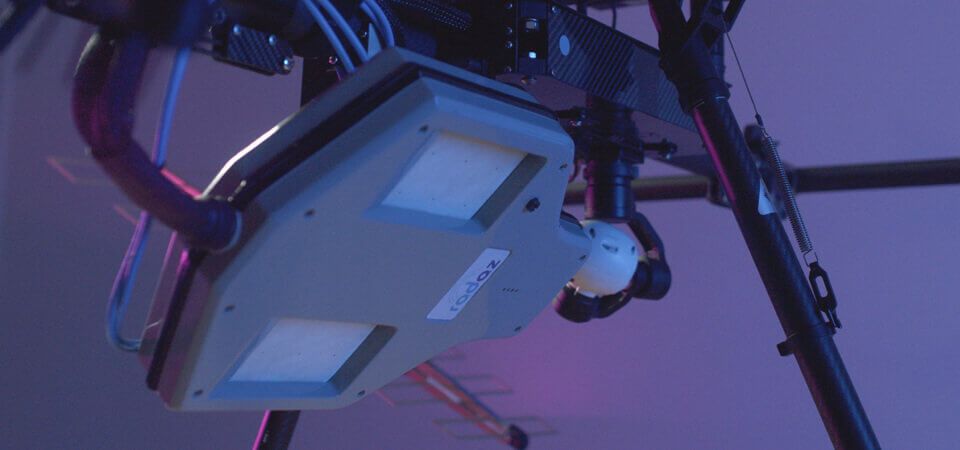
Radars on drones: the unique technology that was created in Brazil
| Radaz | Blog
As time passes, the need to create new technologies to meet market demands quickly and effectively continues to grow, especially when it comes to measuring large areas. Measuring tree height, subsidence risks, and conducting inventories swiftly and securely can make a significant difference in the success of many businesses.
In this context, conservative technologies no longer optimally meet current challenges: excessive time and money are invested, potentially compromising results. Particularly in terms of deadlines, certain information is only useful within a short timeframe — which conventional means often fail to deliver.
Thus, Radaz has developed the world's first and only radar transported on a drone. This cutting-edge product, weighing 5 kg, features three bands (C, L, and P) capable of penetrating vegetation and soil, unlocking a myriad of applications across various sectors:
- Agribusiness: the radar predicts sugarcane crop dates and yields and generates comprehensive reports on soil moisture levels.
- Forestry: it provides rapid and accurate forest inventory surveys and identifies water sources. Recently, in collaboration with Klabin, it achieved an impressive 80% accuracy without false alarms in locating ant nests across the analyzed area.
- Mining: it offers precise measurements of subsidence in densely vegetated areas. Satellites, for instance, cannot achieve the same level of accuracy. Additionally, the innovative technology excels in detecting rocks up to 100 meters deep in the ground.
- Unusual Situations: artificial intelligence also provides unexpected solutions crucial in diverse scenarios. For example, in Iceland, it has produced subsidence maps and subsurface tomographies of a real volcano (learn more). Another remarkable case was the one of scout Marco Aurélio: the third most mysterious disappearance worldwide, where Radaz assisted in locating and mapping areas with buried bodies and objects (learn more).
Developed by Brazilians in 2021, this technology continues to evolve daily, offering a completely new and effective perspective across various fields of study.
Follow us on Instagram to better understand how our radar operates and where it can be of assistance, or contact us.

